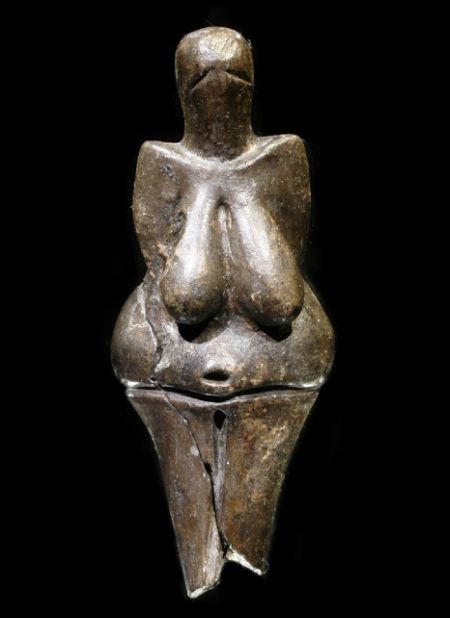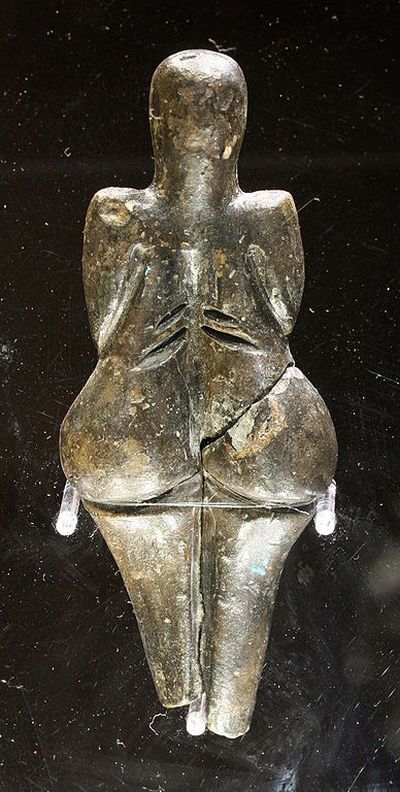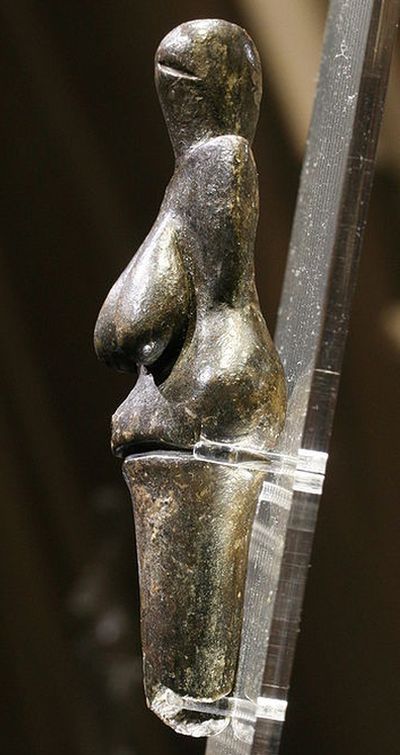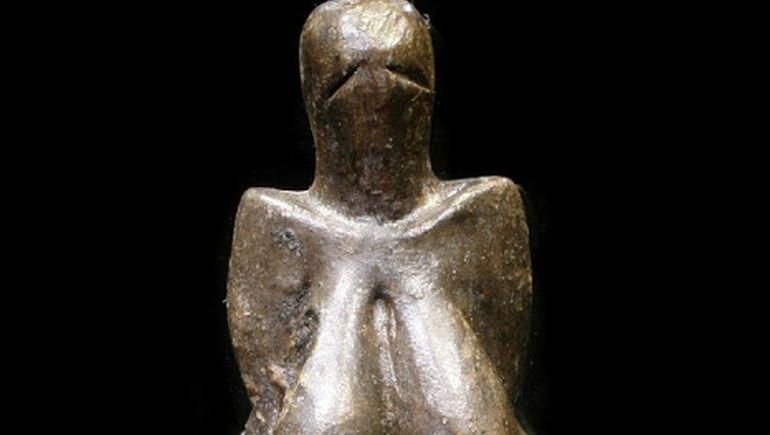Last year in August, the archaeological world welcomed the scanning of the Venus of Dolní Věstonice, the 29,000-year-old ceramic statuette of a woman that was originally discovered in 1925 at the Paleolithic site south of Brno, in the Czech Republic. And now historians have been able to unravel some of the hidden features of the oldest known ceramic artifact, with the aid of a 3D microscope (possessed by Brno’s FEI Technological Institute) for the detailed scanning process.
The resulting method allowed the researchers to map all the particles within the 11-cm high statue in microscopic resolution, which translated to a whopping 8 GB of data. One of the primary features they were able to unravel related to the structural section of the prehistoric object. To that end, as opposed to multiple two-three segments of clay, the scientists found out that the Venus of Dolní Věstonice was adroitly crafted made from a single piece of clay.

There was additional revealed data pertaining to the core components of the statuette. Petr Neruda, a curator at the Moravian Museum, who also took part in the aforementioned research, said –
I discovered impurities inside the body, which are quite randomly distributed. It shows that the material came from the site where the statue was created. There were a lot of charcoals, bone fragments and parts of mammoth ivory, so the creator of the statue must have used the sediment on the site. These impurities were evidently not added to the clay with any special intent, it is just natural contamination.
Interestingly enough, the researchers also confirmed one of the fascinating hypotheses made by Karel Absolon, the historian who originally discovered the Venus of Dolní Věstonice. According to Absolon, the shapely female figure might have been bedecked with four feathers along its head. Regarding this conjecture, Neruda clarified –
I used digital technology and I created 3-D models of the holes, and it is now quite clear that they are all produced by one tool with a relatively sharp tip. They resemble the point of bird feathers, which is what Karel Absolon thought. Now I want to print the models in a 3D printer. Then it might be possible to find which bird species’ feathers were used. It is really quite interesting.

Now as for the history of the Venus of Dolní Věstonice, the 11-cm high statuette is believed to date from some time between 29,000–25,000 BC, thus corresponding to the Gravettian culture of the Upper Paleolithic period. The morphology of the fascinating object clearly resembles the other Venus figurines from the Paleolithic era, whose findings stretch all the way from Europe into Eurasia.
And specifically coming to the scope of the Dolní Věstonice site, archaeologists had also discovered a range of other figurines in the area, including that of bear, lion, mammoth, horse, fox, and owl. All of these specimens were made from burnt clay that was possibly fired at relatively ‘lower’ temperatures of 500 to 800 degrees Centigrade.

Via: Radio Praha / Images Credit: Petr Novák, Wikipedia

Be the first to comment on "29,000-Year-Old Venus of Dolní Věstonice, The Oldest Known Ceramic Artifact"